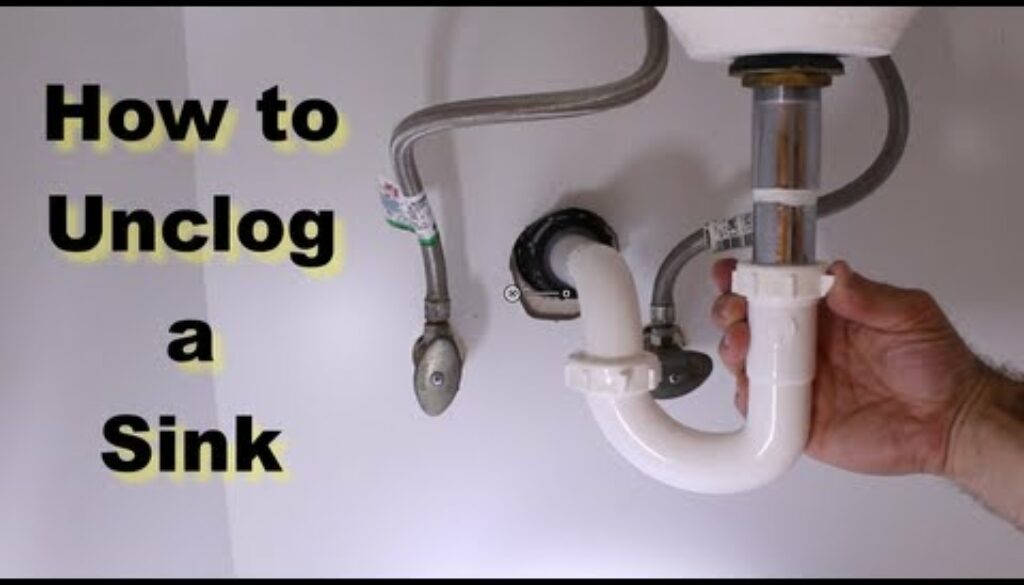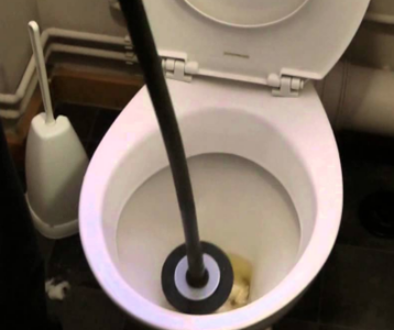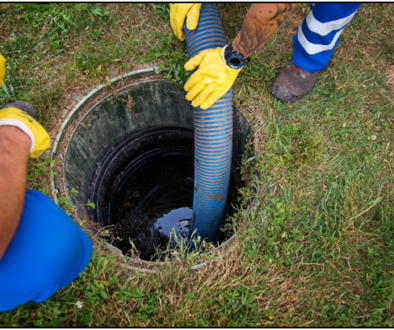How To Unblock Sink Drain
Got a clogged sink drain? No worries, we’ve got you covered! Let’s dive into the world of unclogging sinks and say goodbye to those pesky blockages once and for all!
Dealing with a clogged sink drain can be frustrating, but don’t fret! We’ve got the step-by-step guide to help you unclog it like a pro. So, roll up your sleeves and prepare to conquer that stubborn blockage!
Ready to unleash the power of a free-flowing sink drain? We’re about to reveal the secrets to unclogging your sink, so stick around and prepare to bid adieu to clogs for good!
1. Start by removing any visible debris from the drain.
2. Pour boiling water down the drain to loosen grease and other blockages.
3. Use a plunger to create suction and dislodge the clog.
4. If the clog persists, try using a drain snake to break it up.
5. Finally, rinse the drain with hot water to clear any remaining debris. Remember to use gloves and take necessary precautions.

How to Unblock a Sink Drain: A Step-by-Step Guide
Having a clogged sink drain can be a frustrating experience. It not only disrupts your daily routine but also leads to unpleasant odors and potential damage to your plumbing system. Instead of reaching for harmful chemicals or calling a plumber right away, why not try unblocking the drain yourself? In this article, we will provide a comprehensive guide on how to unblock a sink drain effectively and safely.
Why is my Sink Drain Clogged?
Before we delve into the methods of unblocking a sink drain, it’s important to understand why it gets clogged in the first place. The most common culprits for sink drain blockages are food particles, grease, soap scum, and hair. Over time, these substances can accumulate and form a stubborn obstruction, causing the water to back up and the sink to drain slowly or not at all.
Method 1: Plunger
The plunger is an essential tool for unclogging sinks and toilets. To use it, you’ll need to create a vacuum seal by covering the drain opening with the plunger. Start by filling the sink with enough water to cover the rubber part of the plunger. Place the plunger over the drain and push it down firmly before vigorously pulling up. Repeat this motion several times until the water starts to drain freely. If necessary, you can add more water to increase the pressure and improve the plunging action.
If you have a double sink, make sure to plug the other drain with a wet cloth or use a second plunger to prevent air from escaping. Remember to wash the plunger thoroughly after use to maintain its effectiveness.
Method 2: Baking Soda and Vinegar
Baking soda and vinegar are common household items that can work wonders on a clogged sink drain. Begin by pouring a pot of boiling water down the drain to soften the blockage. Then, sprinkle half a cup of baking soda over the drain, followed by half a cup of vinegar. The mixture will fizz and create a chemical reaction that helps break down the clog.
Allow the mixture to sit for about 15 minutes, giving it time to work its magic. Afterward, pour another pot of boiling water down the drain to flush away the loosened debris. This method is non-toxic and eco-friendly, making it a preferred option for those conscious of the environment.
Method 3: Plumbing Snake
If the plunger and baking soda-vinegar method fail to clear the clog, it’s time to bring in the heavy-duty equipment – a plumbing snake. Also known as an auger, this tool is designed to reach deep into the pipes and break apart stubborn blockages.
To use a plumbing snake, insert the coiled end into the drain and turn the handle clockwise while applying gentle pressure. Keep feeding the snake deeper into the pipe until you encounter resistance. At this point, rotate the snake to break up the clog and continue pushing until it moves freely. Finally, retract the snake and flush the drain with hot water to remove any remaining debris.
Method 4: Call a Professional Plumber
If all else fails or if you’re uncomfortable performing the unclogging methods yourself, it’s best to call a professional plumber. They have the necessary expertise and tools to tackle even the most stubborn sink drain blockages. Additionally, a plumber can identify and fix any underlying issues that may be contributing to the frequent clogs, ensuring a long-term solution.
Preventive Measures to Avoid Future Clogs
Once you’ve successfully unblocked your sink drain, it’s important to implement preventive measures to avoid future clogs. Here are a few tips:
- Avoid pouring grease or oil down the drain. Instead, let it solidify in a container and dispose of it in the trash.
- Install a drain strainer to catch hair and food particles before they enter the pipes.
- Regularly clean the drain stopper and remove any debris that may hinder proper drainage.
- Run hot water down the drain after each use to help flush away any potential buildup.
- Use enzymatic drain cleaners periodically to break down organic matter and keep your drain clear.
The Bottom Line
Unblocking a sink drain doesn’t have to be a daunting task. With the right tools and methods, you can restore proper drainage and save money on plumbing fees. Remember to start with the simplest methods, such as using a plunger or a mixture of baking soda and vinegar. If those don’t work, don’t hesitate to reach out to a professional. By taking preventive measures, you can minimize the occurrence of future clogs and ensure your sink drains smoothly for years to come.
Key Takeaways: How to Unblock a Sink Drain
- 1. Use a plunger to create suction and dislodge the blockage.
- 2. Pour a mixture of baking soda and vinegar down the drain to dissolve debris.
- 3. Remove the sink trap and clean out any accumulated gunk.
- 4. Use a plumber’s snake to physically remove stubborn clogs.
- 5. Prevent future clogs by using a drain strainer and avoiding putting grease or large food particles down the sink.
Frequently Asked Questions
Welcome to our FAQ section where we address common concerns about unblocking sink drains. If you’re experiencing a clogged sink, we’ve got answers to help you get the water flowing again. Read on to find solutions to your drainage woes!
1. Why is my sink drain clogged?
A clogged sink drain can occur due to several reasons. One common cause is the buildup of hair, soap scum, and other debris. Another culprit could be food particles or grease that get trapped in the pipes. Over time, these materials accumulate and create a blockage, preventing water from easily passing through.
The way you use your sink can also contribute to clogs. Pouring oils or fats down the drain causes them to solidify and stick to the pipes. Similarly, flushing non-flushable items like wipes or cotton balls can lead to obstructions. Identifying the cause of the clog will help you determine the best approach for unblocking your sink drain.
2. Can I use chemical drain cleaners to unblock my sink drain?
While chemical drain cleaners can be effective in removing certain types of clogs, they are not always the best solution. These cleaners contain harsh chemicals that can damage your pipes over time, especially if used frequently or in large quantities. Additionally, if the clog is caused by a solid object, such as a toy or a piece of jewelry, a chemical drain cleaner may not be able to dissolve it.
Instead of relying solely on chemical drain cleaners, try using natural alternatives first. For example, a mixture of baking soda and vinegar can help break down organic matter and clear minor clogs. If the clog persists, it’s best to consult a professional plumber who can safely and effectively resolve the issue.
3. What tools can I use to unclog my sink drain?
There are several tools you can use to unclog a sink drain. One common tool is a plunger, which can be effective for clearing minor clogs. Make sure to use a plunger specifically designed for sink drains, as toilet plungers are shaped differently. Plunging the sink vigorously can help dislodge the blockage and allow water to flow freely again.
An auger, also known as a plumber’s snake, is another useful tool. This flexible cable with a coiled end can reach deep into the drain to break up or retrieve the clog. Insert the auger into the drain and rotate the handle to maneuver it through the pipes.
4. How can I prevent future sink drain clogs?
Preventing future sink drain clogs starts with being mindful of what goes down your drains. Avoid pouring grease or oil down the sink, as they can solidify and cause blockages. Install a drain strainer or stopper to catch hair and debris before they enter the pipes.
Regular maintenance is also important. Run hot water down the drain regularly to help flush away buildup. Once a month, pour a mixture of baking soda and vinegar down the drain, followed by hot water, to keep it clean and prevent minor clogs from forming. Taking these preventive measures can go a long way in keeping your sink drain clear.
5. When should I call a professional plumber?
If your efforts to unblock your sink drain have been unsuccessful, it may be time to call a professional plumber. They have the expertise and specialized tools to tackle even the most stubborn clogs. Additionally, if you suspect the clog is caused by a more serious issue, such as a damaged pipe or a tree root intrusion, it’s best to seek professional help to prevent further damage.
A plumber can assess the situation, diagnose the problem accurately, and provide the most appropriate solution. Don’t hesitate to reach out to a professional if you’re unsure or if you’ve exhausted all your DIY options.
Summary
So, now you know how to unblock a sink drain! First, start by removing any visible debris from the drain. Then, pour boiling water down the drain to help break up any clogs. If that doesn’t work, try using a plunger to suction out the blockage. If all else fails, you can use a drain snake or call a professional plumber. Remember to be patient and take proper precautions to avoid any harm.
In conclusion, unclogging a sink drain is a common household task that can be done with a few simple steps. By following these methods, you can keep your sink running smoothly and avoid any unnecessary plumbing expenses. Now, go ahead and tackle that clogged sink with confidence!




